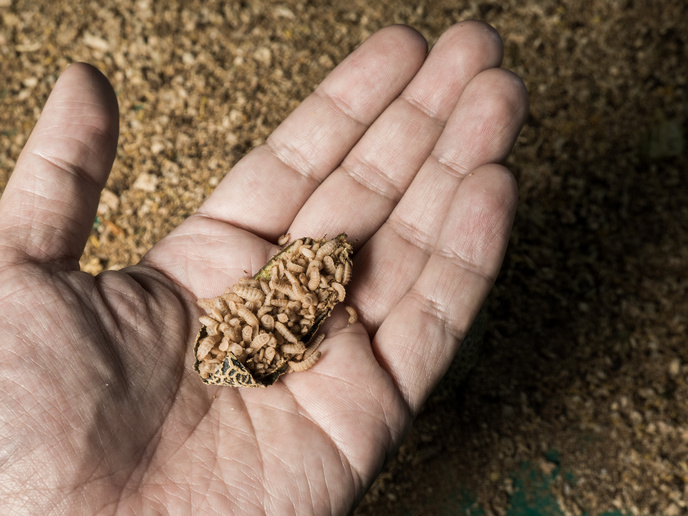Enzyme innovations create new industrial uses for sucrose
While the EU remains the world’s leading sugar beet producer, farmers face a number of challenges. Increasing health awareness means people are eating less sugar, while oversupply has led to a decline in prices. This has placed farmers in a tricky position. What can be done with excess sugar beet crops, if both consumer demand and commodity prices are declining?
Valorising sugar biomass
One option is to find new ways of converting sugar beet biomass into higher value products, and to identify potentially lucrative new markets. This was the key objective of the EU-funded CARBAFIN(opens in new window) project – to create valuable products out of sucrose, beyond its use as a sweetener in food and feed. “We sought to create new materials out of sugar by using enzymes,” explains CARBAFIN project manager Christiane Luley from the Austrian Centre of Industrial Biotechnology(opens in new window). “We recognised however that the performance of these enzymes needed to be improved, in order to meet the needs of industrial applications.”
Optimal enzyme performance
To do this, the project team used sucrose – common household sugar – as the base ‘donor’ molecule. Enzymes called glycoside phosphorylases(opens in new window) were then applied, enabling the building blocks of sucrose – such as glucose – to be transferred to a range of ‘acceptor’ molecules. These ‘new’ molecules were then assessed to see what useful industrial properties they might have. “With each molecule of glucose transferred, an equivalent of fructose is released,” adds Luley. “CARBAFIN’s fructose streams were evaluated as a potentially cost-effective alternative source for commercial fructose.” A critical element of the project was ensuring that all processes were as efficient and as scalable as possible. Sophisticated engineering methods were applied to enzymes, to ensure optimal performance. Having optimised enzymes was not enough though – the team also had to ensure that their biocatalysts(opens in new window) were economically viable, in order to be accepted by industry. High conversion yields and time-efficient production were other factors that had to be considered. Membrane technology was shown to offer high energy efficiency and good cost-effectiveness.
Pioneering biocatalytic production technology
By pioneering integrated biocatalytic production technology, CARBAFIN succeeded in identifying potential new business opportunities for surplus sucrose in the EU. Ideal markets for sucrose-derived molecules include prebiotics, anti-ageing cosmetics and platform chemicals for cleaning agents. Another key advantage of the innovation is that it opens the door to the establishment of fully renewables-based value chains. This could help industries across a range of sectors to replace their petroleum-based chemicals with bio-based building blocks. This will contribute to the development of a chemical industry that is low-carbon, resource-efficient and sustainable. “Sugar beet is a totally sustainable biomass,” notes Luley. “Everything is used, without waste being created.” The CARBAFIN project will therefore not only help European farmers find new markets for their surplus sugar beet. It will also help Europe to maintain global leadership in industrial biotechnology and secure its position as an innovation leader in sugar-based products.







